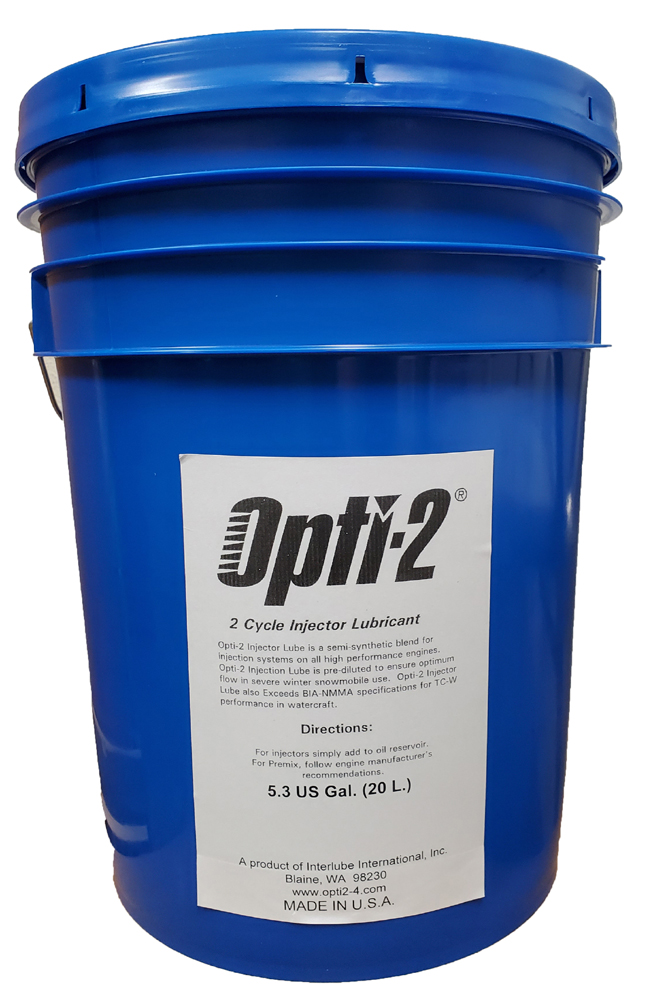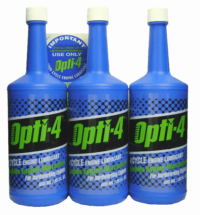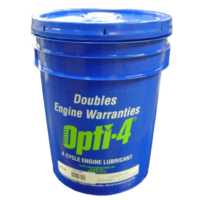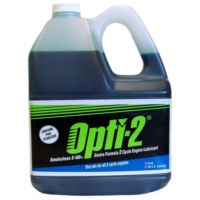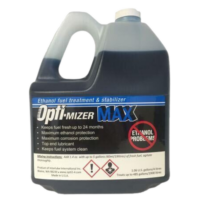Opti-2 Injector Oil 5.3 gallon pail (dlr)
Opti-2 Injector Oil 5.3 gallon pail for use in all 2-cycle oil injector systems on all high performance engines. (Product is available on a seasonal basis).
Retail: $195.60
SKU: 30015
Categories: Opti, Opti-2 Injector Oil (2-cycle)
Description
Opti-2 Injector Oil 5.3 gallon pail for use in all 2-cycle oil injector systems on all high performance engines. (Product is available on a seasonal basis).
Retail: $326.00
Pails cannot ship via UPS and must be part of a qualifying 11+ case order. Please contact Interlube International (800-332-5851) if you have any questions.
Additional information
| Weight | 43 lbs |
|---|---|
| Dimensions | 12 × 12 × 15 in |

